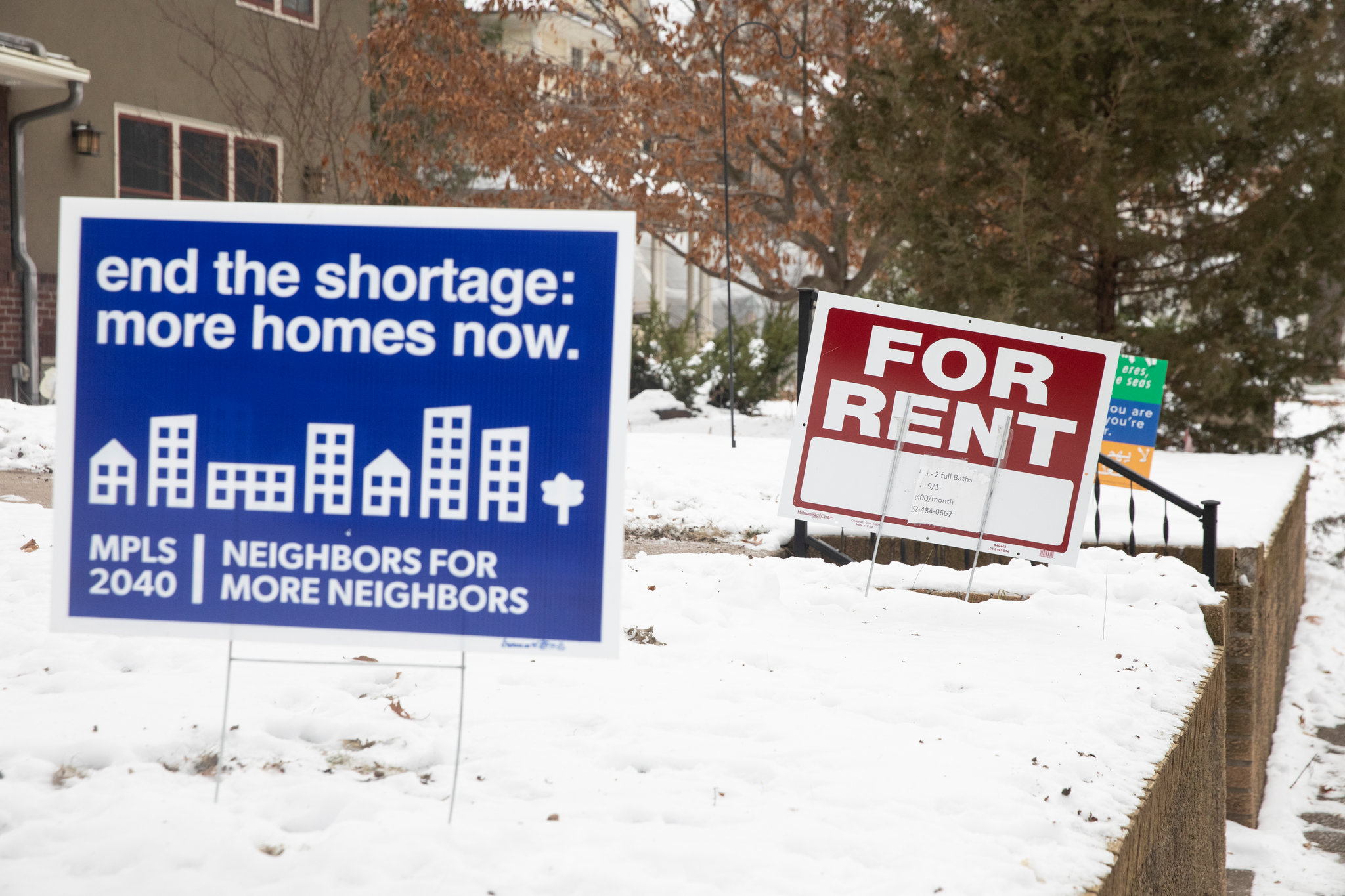Encinitas faces its housing demons again. Where does growth belong in a city like Encinitas? Locals aren’t entirely sure, it seems. Beach towns like Encinitas, Cardiff, Leucadia have a unique character that makes them special. Can they grow without losing that unique character?
Mayor Catherine S. Blakespear and the City Council recently adopted an accessory dwelling unit ordinance (small houses or granny flats built in backyards of existing homes). It waives all City Development fees and stipulates that, if rented, the rental will be for 30 days or more. It is more permissive than the state mandated ADU legislation (which supersedes local zoning). This is a step in the right direction because it encourages organic, gradual densification in a bottom-up development pattern. It encourages residents to invest in their own neighborhoods, creating more housing while potentially offsetting the cost of their own housing. In addition to ADUs, Junior ADUs (attached to the main building) can also help increase density over time. As the population is aging (10,000 people turn 65 every day), it allows for people to age in place and rent out the ADU (or live in it) or even have adult children caregivers live on site. It has the added benefit of preserving the Prop 13 benefit for longtime homeowners who want to downsize but don’t want to lose their lower tax basis.
The advantage of this type of development pattern is that it encourages constant, organic and sustainable growth and adds housing without necessarily imposing massive projects onto communities that naturally push back on investor-backed projects. Because it doesn’t depend on large investors, it is less susceptible to the boom and bust cycles that our current development pattern is dependent on. Investors only invest in big projects and only when housing costs are going up. When that boom cycle is over, they stop building and scarcity ensues; prices start rising again and rinse wash and repeat. With gradual, resident-driven densification, residents invest in their own communities when it is convenient and profitable to them and it doesn’t depend on the boom-bust cycle of the current development model we are so dependent on.
Another way jurisdictions encourage gradual densification is by changing single family zoning to duplex or triplex zoning. This encourages small builders, investors and residents to create two or more housing units within the same footprint. This is density that comes gradually and is more palatable than top-down multi-family units. None of this is new, mind you. This is actually how cities and towns all over the world, throughout history have grown to become vibrant, eclectic, livable spaces. If you let people customize and adapt their spaces to suit their lifestyles, economics and values, it democratizes the building of cities and towns rather than relying on a government or business entity to impose it upon them.
__
Thanks to Jesse Marx and Voice of San Diego for good coverage on this local, North County issue.



